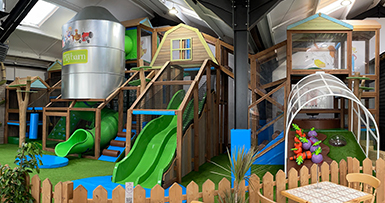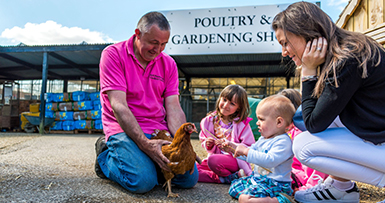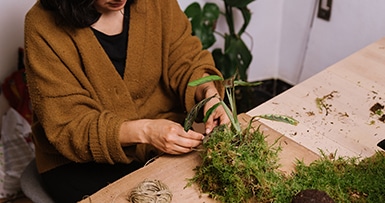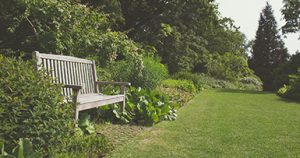Help your rose garden thrive
Roses are extremely versatile and hardy plants that can be planted in a variety of positions and locations in the garden
1. Roses need a minimum of 4 hours of direct sunlight a day
2. Plant your rose 3 feet away from other plants and 2 feet from other roses to avoid competition for moisture and sunlight
3. Avoid very exposed, windy sites. Wind can destabilise your rose causing angled growth


Watering Roses
As a guide, we recommend watering the following amount per rose each time you water:
- Shrub roses 1-3 gallons
- Climbing roses 3-6 gallons
- Rambling roses 3-6 gallons
- Standard roses 3-6 gallons
- Roses in pots 1-3 gallons
Newly planted roses – water every two or three days.
Established roses – water once or twice a week as needed to keep the soil moist.Water as close to the base of the rose as you can, not over flowers or foliage. Allow the water to soak in avoiding “floodingâ€. Watering foliage can encourage disease problems, particularly if it remains on the leaves overnight. If using a hose, try to get a fitting that has a rose setting or, make sure the pressure is not too high on your hose.
Feeding Roses
If you wish to get the most out of your roses we always recommend feeding, particularly repeat-flowering English Roses.
For the best results, we recommend two annual feeds:
1. At the beginning of the growing season.
2.After the first bloom cycle has finished for stronger repeat flowering.
We stock the specially formulated David Austin ® Rose Food all year round. Simply sprinkle Rose Food around the base of each rose.


Mulching
We recommend using small bark chippings for mulching as it helps to retain moisture and to suppress weeds. You can do this at any time of year but for best results, mulch in early spring. Remove all the weeds in your rose border, apply about an inch thick layer of bark around the base of the rose and any bare soil next to your rose. The more you apply the better the moisture retention and weed suppressant. If you are mulching when the soil is dry, water well either before or after mulching.
Controlling Disease
The main fungal challenges for roses are rust, black spot and powdery mildew. David Austin ® English Roses as a group are relatively resistant to disease.


Dead-Heading Roses
There are two good reasons to dead head:
1. To encourage repeat flowering; this stops your rose producing seeds in the hips, which are formed after flowering, so that it has more energy for repeat flowering.
2. Shaping – it is an opportunity to shape your shrub.Dead-head soon after each flowering until the end of the season/autumn. Each flowering stem can be cut back as far as three sets of leaves. If you are unsure, cut back to where flowers stop on the stem.



















